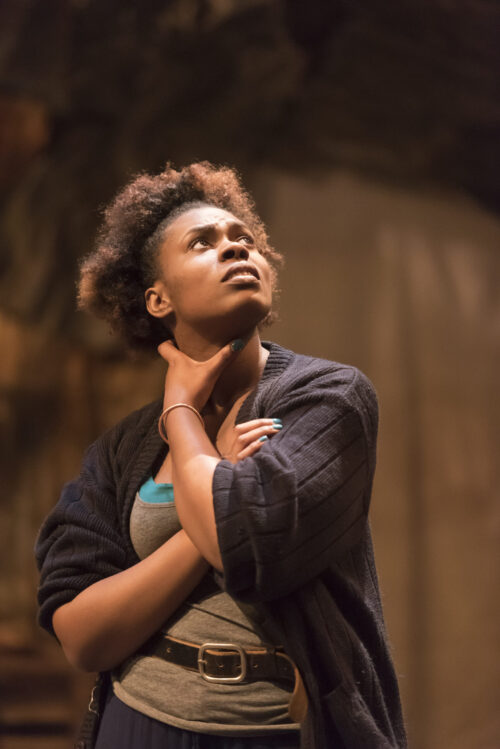
Reimagining Arts Training Through National Research
By Mariana Seda
What becomes of arts alumni? That is the question that ultimately launched the Strategic National Arts Alumni Project (SNAAP), an ongoing research enterprise that collects, analyzes, and reports on survey data from arts and design graduates from across the United States.
In the early 2000s, many arts and design training institutions recognized that the lack of research around alumni outcomes left schools without clear data to support the success of their degree programs and combat the pervasive “starving artist” myth with their own narratives of success and fulfillment in arts education and careers. With a resounding call for evidence and action, SNAAP emerged in 2011 with a mission “to maximize the success and impact of creatives in society by driving evidence-informed change in training and illuminating the value of arts and design education.”
For over a decade, SNAAP data and reports have explored alumni perspectives on their livelihoods and educational experiences. This research has helped higher education and other arts training institutions improve student experiences and transform curricula for better alumni outcomes.
The University of Illinois Urbana-Champaign is a sponsoring institution for SNAAP, with a research team housed within the College of Fine and Applied Arts under the Arts Impact Initiative. Jennifer Novak-Leonard, professor of Urban and Regional Planning, serves as SNAAP’s Research Director, as well as the Vice President of the SNAAP Board of Directors. She is also one of the primary preparers for the most recent SNAAP report, Data, Pressing Needs, and Biggest Challenges: Insights from the Field.
For this report, released June 2022, SNAAP surveyed scholars and higher education professionals to gain a better understanding of the challenges and opportunities for administrators, institutions, and researchers in their efforts to improve student and alumni experiences, and find new ways for creatives to learn and work. One key finding indicated that most institutions struggle to define what “success” means for their graduates which undermines efforts to understand and communicate the value of arts education programs. Excluding alumni with careers unrelated to their degree from institutional success metrics and narratives disengages an array of alumni and limits the perceptions of what someone can accomplish with the skills gained from a particular training program. For arts and design schools, redefining success may also mean broadening how programs measure return on investment (ROI). Arts alumni and current students talk about success in terms of happiness, satisfaction, and positive contributions to their communities, in addition to employment and income. Incorporating these findings into program development efforts could greatly impact the success of future graduates and the programs themselves.
Another major result highlights the need to expand equity and inclusion considerations beyond race and gender, by including disability, sexual orientation, and other intersectionalities. Notably, many survey participants emphasized a need to address institutional structures that perpetuate inequalities, like the lack of diversity within faculty and student bodies and curricula steeped in Eurocentric assumptions.
The report also underscores technology and economics as key areas of focus for institutions. Arts programs must adapt to the ever-evolving technology landscape and prepare their students to do so as well. Familiarity with creative economies as an arts professional in this digital age means understanding how to value and manage creative output, including assets—an essential skill for any creative worker.
The next major SNAAP Survey takes place in the fall, and a segment of U of I alumni will participate. With FAA faculty at the helm of this research, our college will be among the first to glimpse the new data and begin to analyze and even take action on the valuable findings.
Kevin Hamilton, dean of FAA, sees this ongoing national research and partnership with SNAAP as an ideal fit for the U of I. “We all seek meaningful vocation in the context of equitable living conditions. If many of our college’s disciplines support the realization of the latter, the broader process of education itself is key to the former. The SNAAP survey is not only key to our improving student experience, but also offers a way to build on this university’s distinctive platform to advance imagination and action nationally with regard to who seeks an arts-based education and to what ends. Illinois is also the right state in which to advance this work, given its history of arts advocacy and the present boom of arts-led approaches to public health, decarceration, sustainability, education, and more. I’m excited to see what supporting the SNAAP survey will offer us in the way of making evidence-based cases for how arts vocations change lives and what people need to thrive in them.”
